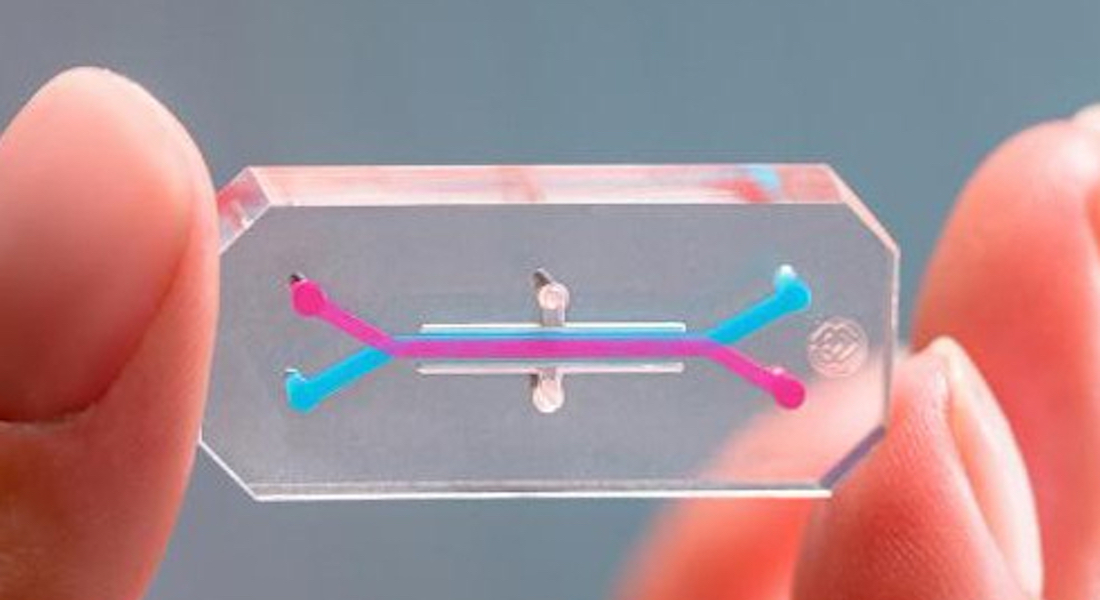Villum Experiment supports a new unconventional EvoChip project
The Villum Experiment Call supports unconventional ideas with potential breakthrough. This is exactly what characterise Assistant Professor Ostaizka Aizpurua’s new project: EvoChip: pioneering comparative evolutionary biology using organ-on-a-chip models. Thanks to the Villum Foundation this exciting project will now be carried out at the Center for Evolutionary Hologenomics.

Assistant Professor Ostaizka Aizpurua elaborates on her idea to explore the potential of implementing gut-on-chip models in comparative evolutionary biology, that was just funded with 2 million by the Villum Experiment Call.
“I will showcase the potential of comparative studies on gut-on-a-chip models by addressing the response of evolutionary distinct species to key metabolites for energy balance and immune response, namely short-chain fatty acids. Successful development and research on homologous chips from different species would produce a revolution on how animal evolution is studied.” Says Assistant Professor Ostaizka Aizpurua.
Studying evolutionary processes
“Comparative frameworks are widely used to look at genetic, morphological, and ecological traits in nature, but are seldom used to study evolutionary aspects of basic biomolecular processes, such as nutrition, energy metabolism or immune response. This is because the study of these processes require very specific experimental setups, which are extremely complicated to reproduce across animal species with different dietary, housing and social requirements - thus hampering the possibility to generate comparable results.” Says Ostaizka.
An unconventional solution
“Organ-on-chip models own the potential to overcome many current limitations.These next-generation organoids are multi-channel microfluidic cell cultures integrated in a circuit (chip) that simulate the activities, mechanics and physiological response of an entire organ (e.g. kidney, lung, liver, gut). Such devices enable developing complex tissues with 3D structure, cell-line differentiation and biochemical gradients, which enables many biomolecular processes to be studied with an unparalleled level of detail.” Ostaizka continues.
Gut-on-chip models
“Nevertheless, the use of these models is still almost exclusively limited to research on humans —and recently mice— tissue, which are majorly used for applied studies in health and pharmacological research. Beyond biomedicine and health research, I believe that gut-on-chip models derived from wild animals with different ecological and evolutionary backgrounds would enable many basic biomolecular issues to be addressed, thus expanding the breadth of evolutionary traits that can be studied employing a comparative approach while at the same time reducing dependency on testing live animals.” Ostaizka ends.
Contact:
Assistant Professor Ostaizka Aizpurua
